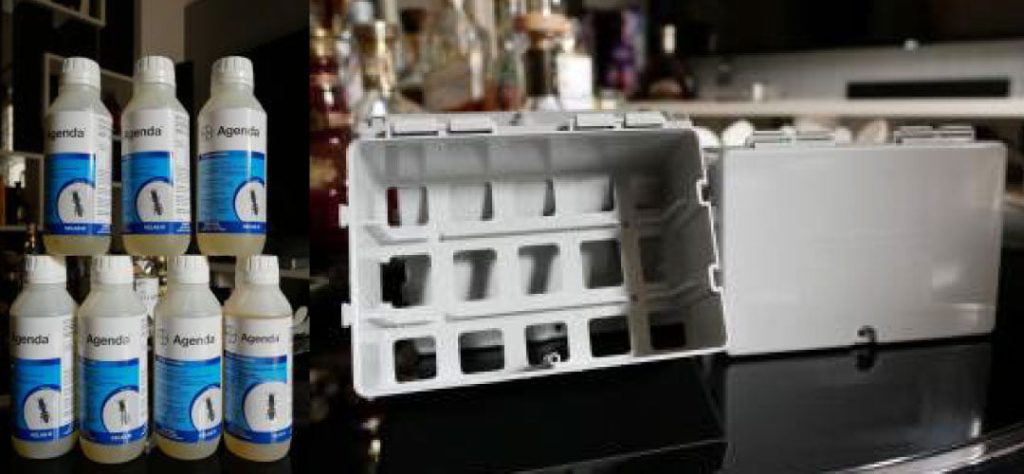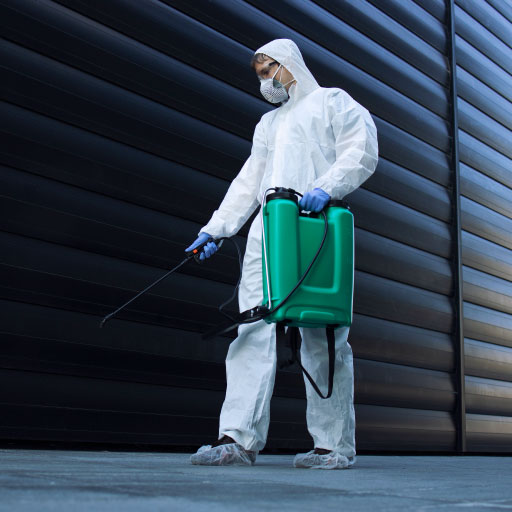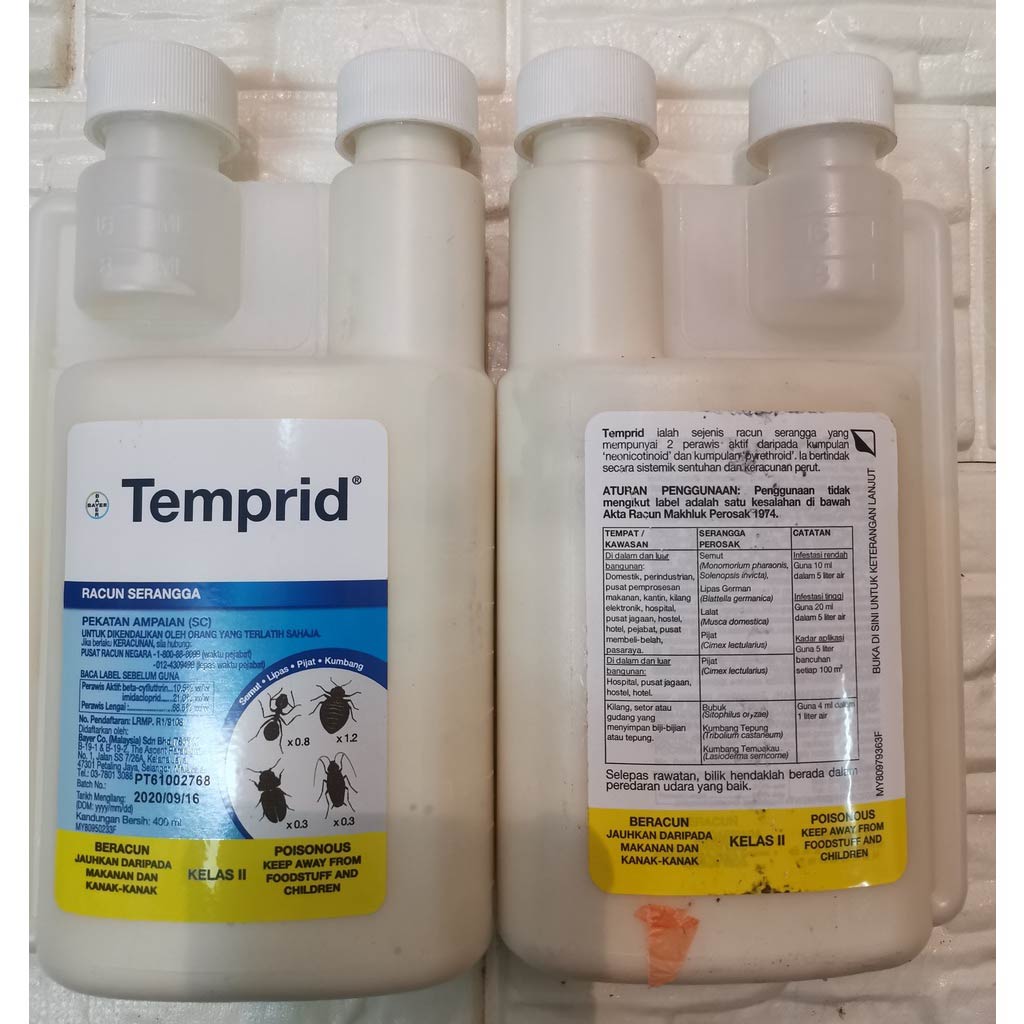Pest Control and Extermination
Identifying insects and other pests by phone or email can be difficult. Need to know what kind of bug or rodent is in your house? Here are some tips to help you identify a pest before seeking termite treatment or other pest control solutions.
Commercial Pest Control
Commercial Pest Control
We provide comprehensive pest management services. We treat our customers like family and care for their homes and businesses as if they were our own.
Construction Pest Control
Pest control refers to the regulation or management of species defined as pests, which can be detrimental to businesses. Our solutions, including anai-anai control, help protect structures from infestations.
Construction Pest Control
Residential Pest Control
Residential Pest Control
We provide pest control treatments for all kinds of insects. For maximum effectiveness, our treatments, including our termite bait offer 50%, are carried out over a specific period of time.
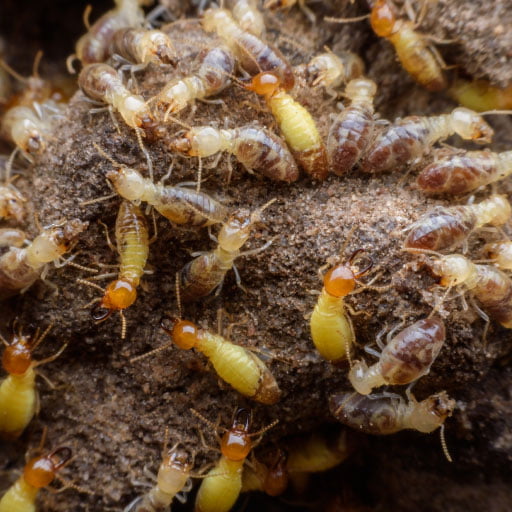
TERMITE EXTERMINATION
Many property owners would not like to come across a termite infestation. It is quite difficult to identify signs of termites infestation as termites like damp, dark, and warm areas of a home.
Termites typically are small-white-soft-bodied insects, which feed on wood. There are two species of termites: the dry wood termites and the subterranean termites. They usually live in a form of groups and societies, wings are an indication that the termite is reproductive.
The termites live in colonies and once the little termites grow to a certain extent they form a swarm, which is a moving crowd, and maintain a colony.
When signs of termites infestation is not noticed earlier, the damage can escalate to a higher level, which can affect the structure of the building.
INSECT CONTROL
Everyone has heard the catchy Spanish folk song, “La Cucaracha,” about a cockroach unable to walk because he has lost one of his six legs. While the song may be loved by children and fun to sing along to, it is highly unlikely that anyone feels the same affection for this ick-inspiring and disease-spreading pest!
Most homeowners are aware of the health and safety risks associated with cockroach infestations, including the allergies and asthma triggered by cockroach allergens, and the germs and bacteria they have been known to spread. What may not be as widely known is the fact that cockroaches are a very interesting and resilient pest that exhibits some very odd behavior and survival tactics. For example, cockroaches spend 75% of their time resting and can withstand temperatures as cold as 32 degrees Fahrenheit.
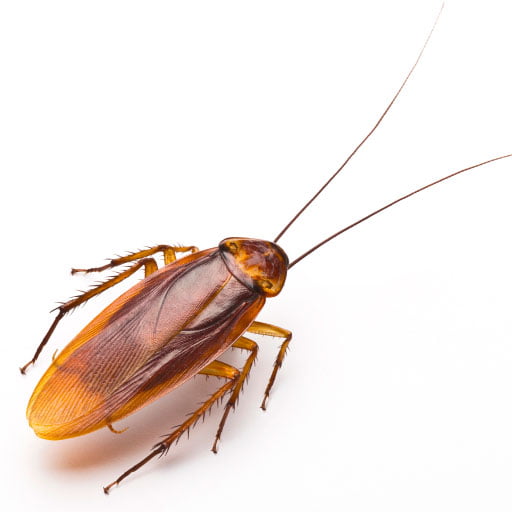
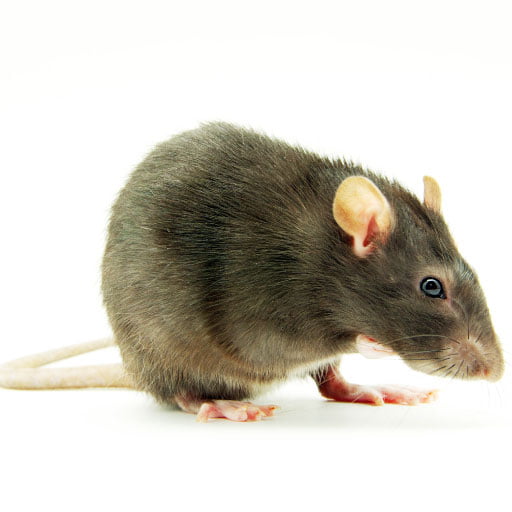
RODENT REMOVAL
Rodents are a group of nuisance pests that includes mice, rats, and squirrels. These animals can contaminate food, damage property, and spread disease. The rodents that most often come into conflict with people are:
Rats
- Instincts: Rats are instinctively wary of things new to their environment, including rat control measures such as traps and bait, and colonize in attics, burrows, under concrete and porches, in wall voids and other hard-to-reach places.
- Disease: Rats can harbor and transmit a number of serious diseases. They can also introduce disease-carrying parasites such as fleas and ticks into your home.
Mice
- Access: Mice invade your home seeking food, water and warmth.
- Contamination: Each mouse can contaminate much more food than it eats.
MOSQUITO FOGGING
The Aedes aegypti mosquito is the main vector that transmits the viruses that cause dengue. The viruses are passed on to humans through the bites of an infective female Aedes mosquito, which mainly acquires the virus while feeding on the blood of an infected person.
Within the mosquito, the virus infects the mosquito mid-gut and subsequently spreads to the salivary glands over a period of 8-12 days. After this incubation period, the virus can be transmitted to humans during subsequent probing or feeding. The immature stages are found in water-filled habitats, mostly in artificial containers closely associated with human dwellings and often indoors.
Flight range studies suggest that most female Ae. aegypti may spend their lifetime in or around the houses where they emerge as adults and they usually fly an average of 400 metres. This means that people, rather than mosquitoes, rapidly move the virus within and between communities and places.
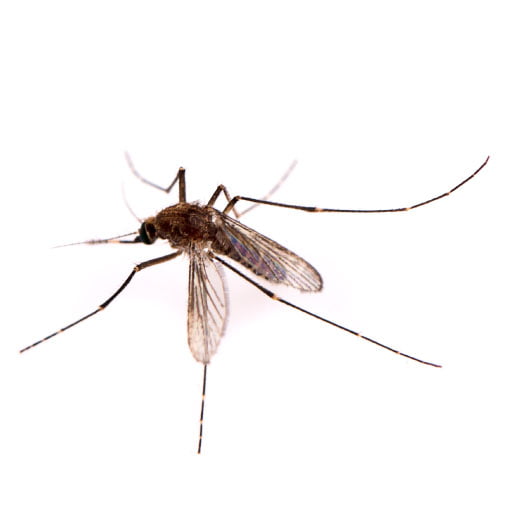
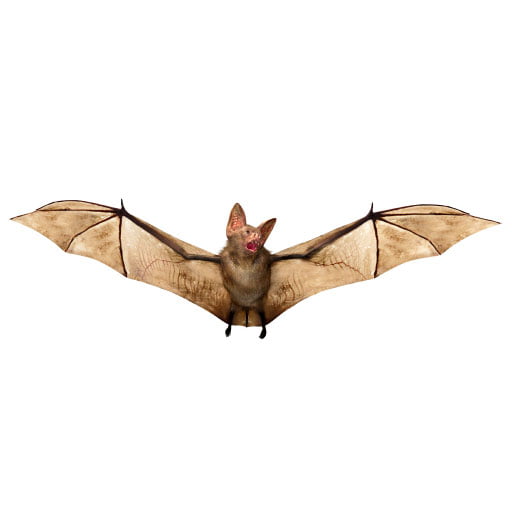
APHID REMOVAL
Though many common birds provide benefits such as down feather production, insect and weed population control and the sport of watching and feeding, many problems may arise when birds associate too closely with people. Common bird problems range from general nuisance and building defacement to food contamination and disease transmission.
All birds are protected by federal law except the common pigeon, the European starling, and the house sparrow. Some local or state governments may protect all birds and the methods of bird control allowed.
BED BUGS
Bedbugs are small, oval, brownish insects that live on the blood of animals or humans. Adult bedbugs have flat bodies about the size of an apple seed. After feeding, however, their bodies swell and are a reddish color.
Bedbugs do not fly, but they can move quickly over floors, walls, and ceilings. Female bedbugs may lay hundreds of eggs, each of which is about the size of a speck of dust, over a lifetime.
Immature bedbugs, called nymphs, shed their skins five times before reaching maturity and require a meal of blood before each shedding. Under favorable conditions the bugs can develop fully in as little as a month and produce three or more generations per year. Although they are a nuisance, they are not thought to transmit diseases.
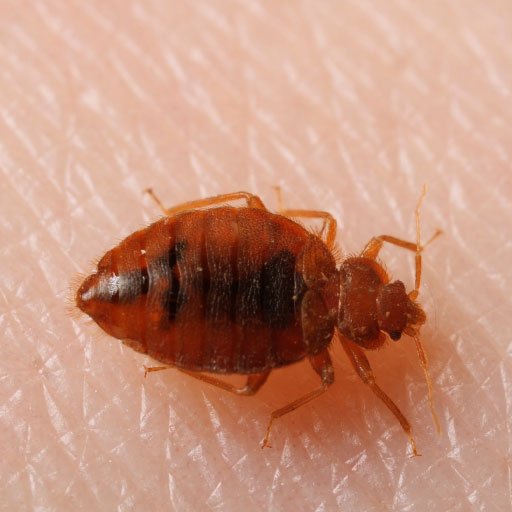
Testimonial




